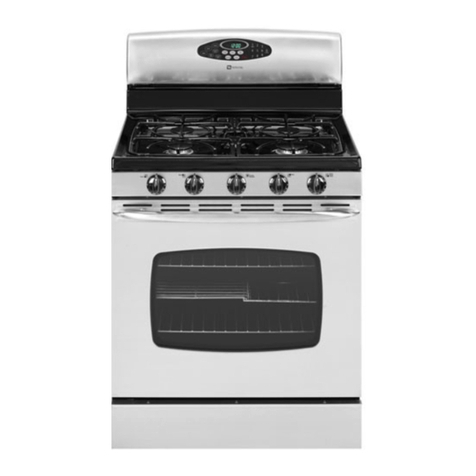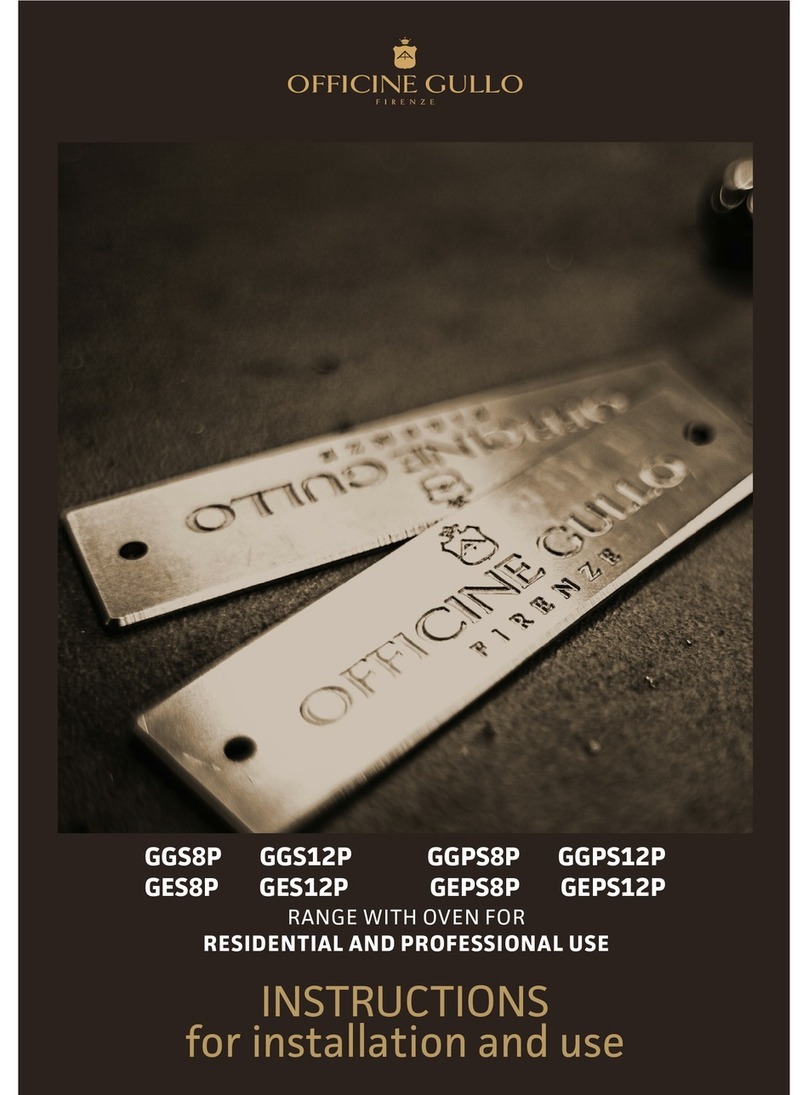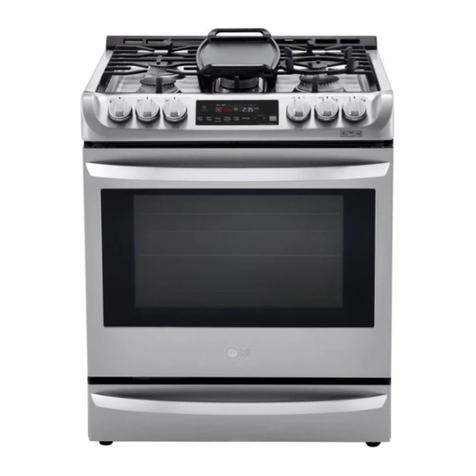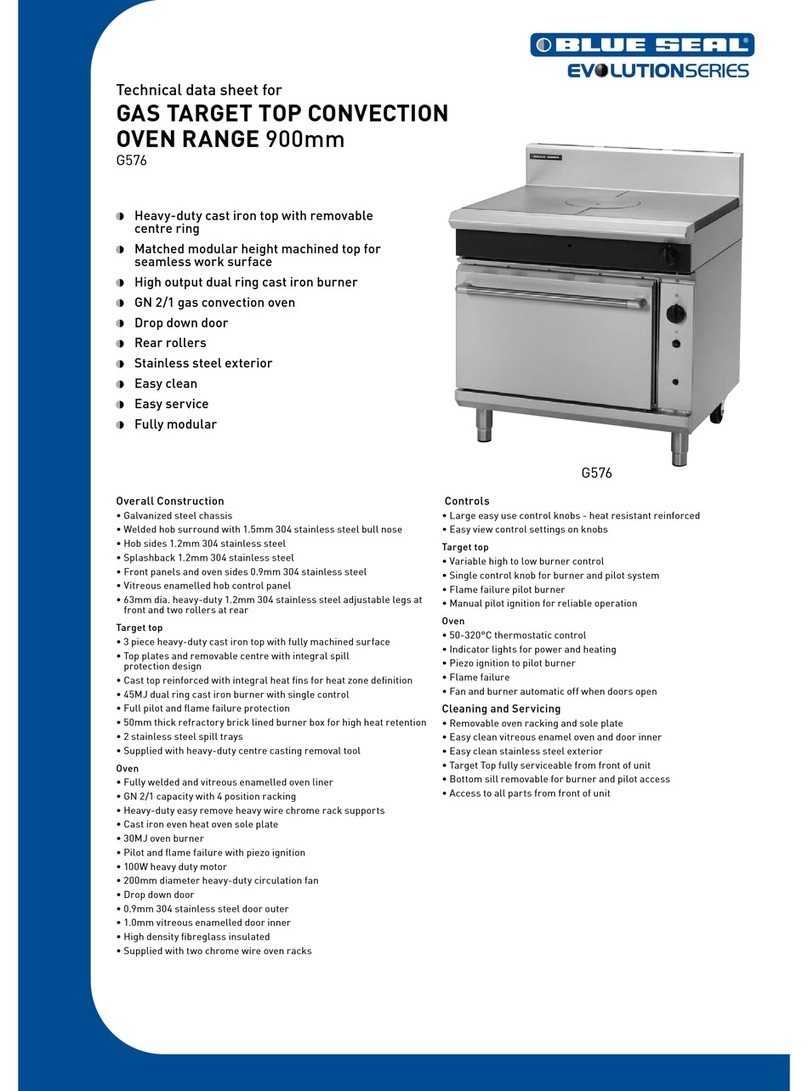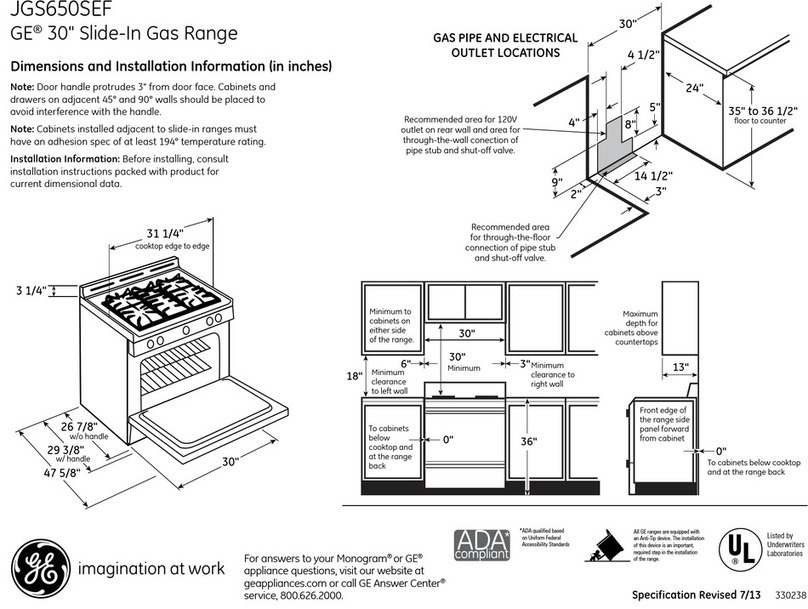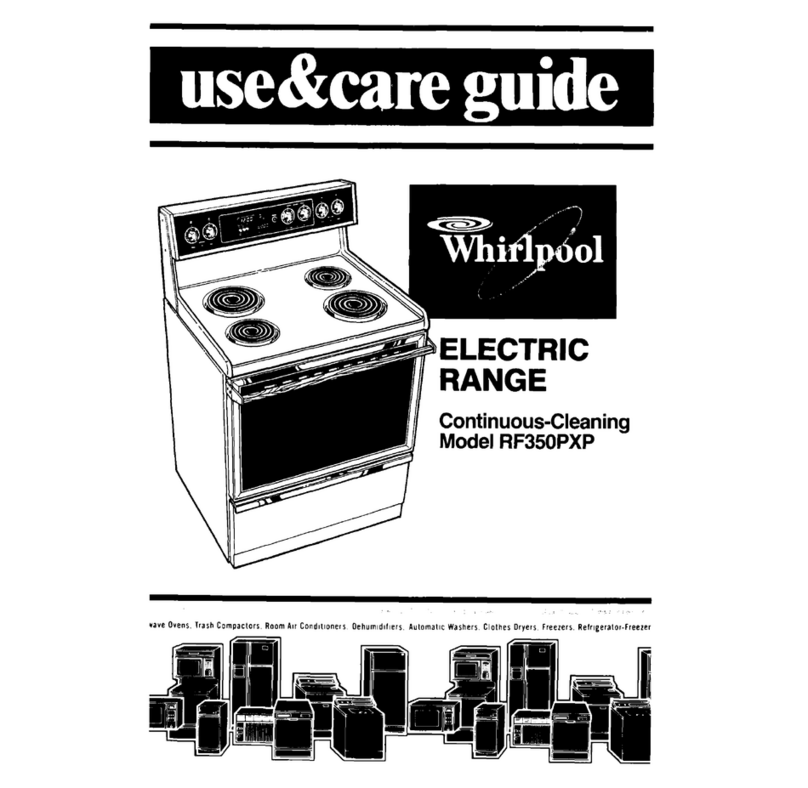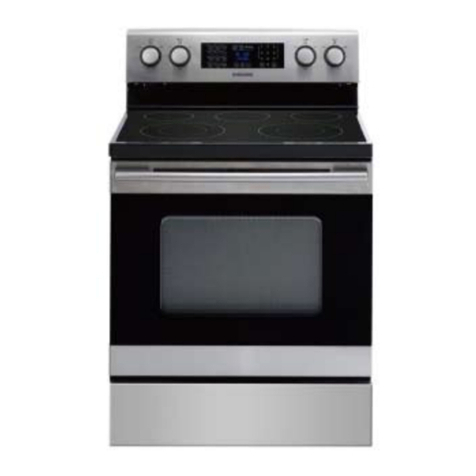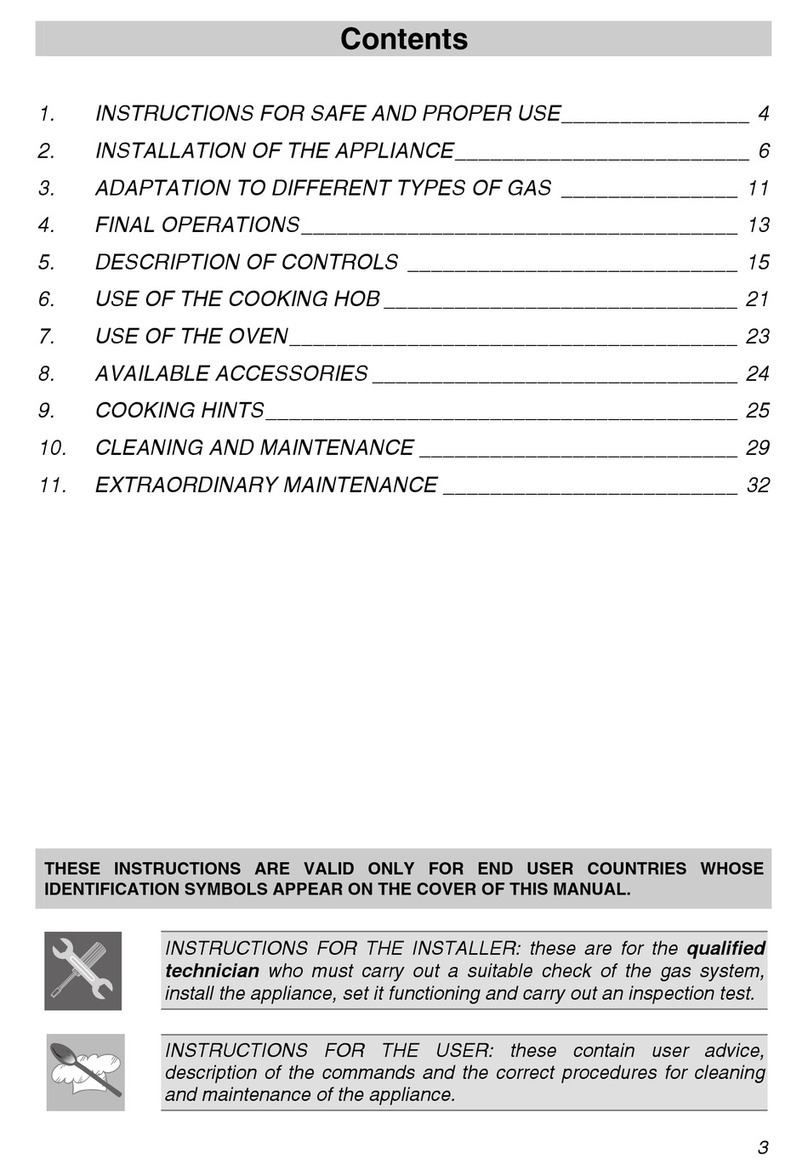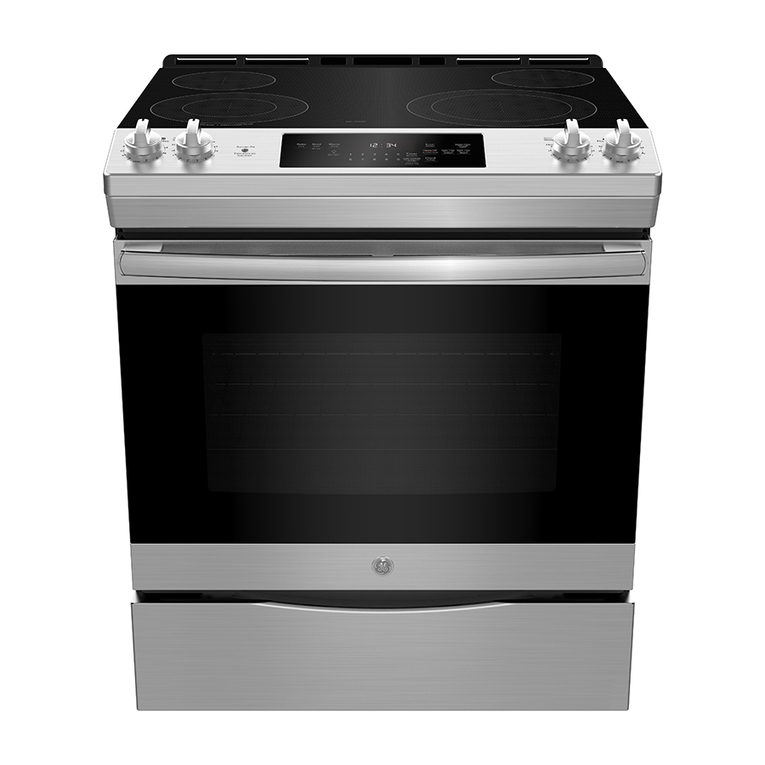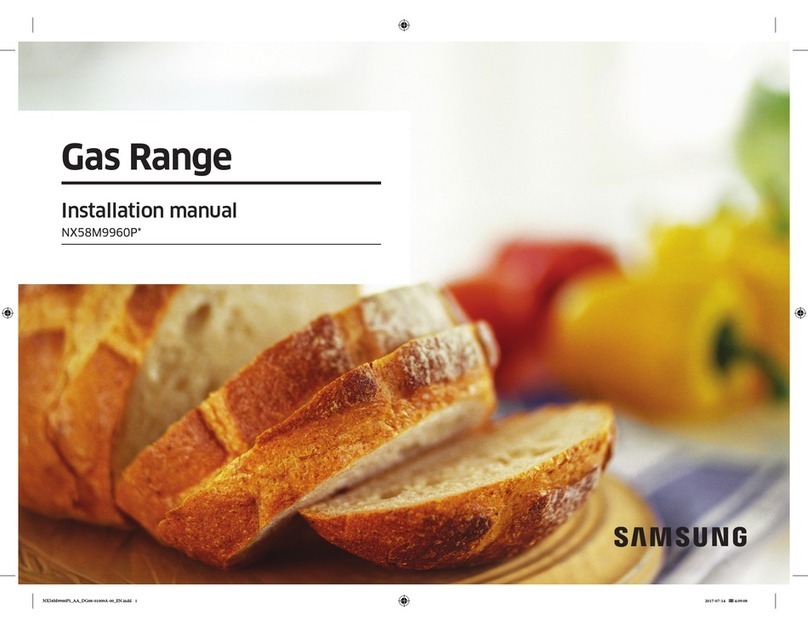
6
NOTE: When cooking on HIGH, check
cooking progress, as some soups may
come to boil.
Remember that frequent lifting of the lid
during cooking delays the cook time.
WARNING: The ceramic pot CANNOT stand the
shock of sudden temperature changes. If the pot
is hot, DO NOT add cold food. Before cooking
frozen food, add some warm water.
3. Connect the supply cord plug into a 220-240V
AC electrical power outlet.
4. Turn the appropriate control dial to select
temperature setting: LOW or HIGH.
5. Cook according to recipe instructions.
6. When cooking time is complete, turn the
control dial to WARM to keep cooked food
warm for serving.
7. To serve, using oven mitts, carefully remove
the glass lid by grasping the lid knob and
lifting the lid slightly away from you. This will
allow the steam to escape before removing
the lid. Allow a few seconds for all steam to
escape.
8. Allow Slow Cooker to cool completely before
cleaning, see Care & Cleaning Instructions.
9. When the appliance is turned OFF and
unplugged, the Slow Cooker base unit and
ceramic pot remain hot for some time after
use; allow the appliance to cool completely
before cleaning or storing.
Hints For Slow Cooking
• Less tender, cheaper cuts of meat are better
candidates for slow cooking than more
expensive cuts.
• Meats will not brown during the slow cooking
process. Browning fatty meats will reduce
the amount of fat and help to preserve
color while adding richer avor. Heat a small
amount of oil in a skillet and brown meats
prior to putting into the ceramic pot.
• Whole herbs and spices avor better in slow
cooking than crushed or ground.
• When cooking in a Slow Cooker, remember
that liquids do not boil away like they do in
conventional cooking. Reduce the amount of
liquid in any recipe that is not designed for a
Slow Cooker. The exceptions to this rule would
be rice and soups. Remember, liquids can
always be added at a later time if necessary.
If a recipe results in too much liquid at the
end of the cooking time, remove the cover
and re-program the Slow Cooker to continue
to cook HIGH for 1 hour. Check every 15
minutes until the amount of liquid is reduced.
Turn the control dial to OFF when the desired
consistency is achieved.
• Most recipes that call for uncooked meat
and vegetables require about 6 to 8 hours on
LOW temperature setting.
• The higher the fat content, the less liquid
needed. If cooking meat with a high fat
content, use thick onion slices under it so that
the meat will not sit and cook in the fat. If
necessary, use a slice of bread, a spoon, or a
straining spoon to skim off excess fat from top
of foods before serving.
• Foods cut into uniform pieces will cook faster
and more evenly than foods left whole such
as roast or poultry.
• Always use a meat thermometer to
determine if meats have been cooked to
proper temperature.
• Root vegetables such as carrots, potatoes,
turnips and beets require longer cooking time
than many meats. Place them on the bottom
of the Slow Cooker and cover with liquid.
Check to see they are fork-tender when meat
temperature is reached. Remove meat and
continue cooking vegetables if necessary.
• Add fresh dairy products (milk) sour cream
or yogurt prior to serving. Evaporated milk or
condensed creamed soups may be added
at the start of cooking.
• Rice, noodles and pasta are not
recommended for long cooking periods.
Cook them separately and then add to the
Slow Cooker during the last 30 minutes of
cooking.
User Maintenance
Instructions
This appliance requires little maintenance.
It contains no user serviceable parts. Do not
try to repair it yourself. Any servicing requiring
disassembly other than cleaning, must be
performed by a qualied appliance repair
technician or the appliance must be disposed.
Care & Cleaning Instructions
CAUTION: NEVER IMMERSE BASE UNIT OR CORD IN
WATER OR OTHER LIQUID.
1. Always unplug and allow to cool down
completely before cleaning.
2. The ceramic pot, and tempered glass lid can
be used in a dishwasher. To avoid damage,
put the ceramic pot and glass lid in the
dishwasher rack so that it will not hit other
items during cleaning. To clean by hand,
